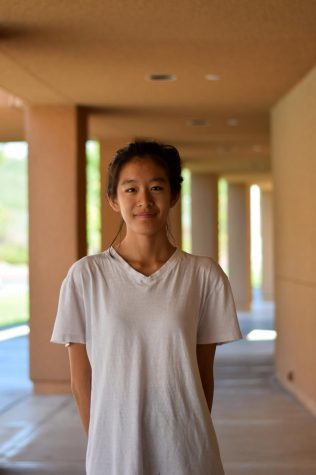Affirmative action is negated by pervasive classism
CREDIT ONLY: The devastating price of a college education.
December 16, 2019
With increasing competition in admissions race for competitive colleges, affirmative action in college admissions directly impacts Northwood students. Socio-economic privilege in college admissions has been a controversial topic for years, especially in light of the admissions scandal plaguing top universities and celebrity families.
Universities nationwide have considered adopting admissions policy changes to appeal to the underprivileged such as removing standardized testing requirements and increasing financial aid. However, these policies have not produced tangible results. Class discrepancies remain pronounced, and minorities continue to face significant obstacles in the college admissions process.
Theoretically, supplying the financially unstable with money to pay for rising tuition would benefit lowincome students. The problem is that students with a low financial status are at a disadvantage to getting into these universities in the first place. The Hechinger Report wrote in 2017 that families with annual incomes of over $155,000 receive around $5,800 more in financial aid than deemed necessary by a federal formula, and at public universities, this number is around $1,810. As a result, the intended recipients of financial aid are still left accumulating debt or struggling for basic living necessities on top of their education. Instead, colleges should inhibit those who are better off from taking advantage of money intended for low-income students.
In a similarly well-intentioned but ultimately futile effort, colleges and testing companies such as College Board have enacted protocol changes to suggest that they support students from all economic backgrounds. Some of these policies include the now-abandoned adversity score and an increased emphasis on
high school grades. The adversity score would have helped level the playing field by taking into account the struggles of low-income families, but it was quickly abandoned in the wake of criticism. 2010 research from Georgetown University found underprivileged students scoring a staggering 784 points lower on average than wealthy students on the SAT (scored out 2400 at the time). Moreover, grade inflation is more prevalent at private high schools and only the wealthy can afford tutors that help boost students’ grades, according to an article from Forbes Magazine. Grades are just one of many examples of systemic racism that intensify class discrepancies during the college admissions process, stagnating social mobility for underserved minorities such as African Americans and Latinxs.
Another controversial topic is the college admissions process itself. Highlighted by the Harvard Affirmative Action federal court case, the university attempted to help minorities by taking ethnicity into account in their holistic admissions process. However, minorities are still severely underrepresented at elite schools, with their student body being predominantly white and Asian-American, according to the National Center of Education Statistics. Legacy students also contribute to a lack of diversity. Slate reported in 2019 that at Harvard, athletes, legacy students placed on the Dean’s List (often due to their families’ donations) and the children of faculty account for just 5% of applicants and 30% of those admitted. The admission rate for these students is a whopping 45% at one of the nation’s most prestigious universities, compared to the general 4.5-5%. These students make up over 40% of the white student population. This advantage furthers the disenfranchisement of minorities and first generation students in admissions, and colleges should remove the considering of legacy admissions to give an equal opportunity for admission for all students.
It is true that colleges offer opportunities outside of financial aid for students to pay their hefty college tuition, including scholarships. However, for community service awards, lower income students are often tied up with house errands and part time jobs to help support their families, limiting time for work in the community. In terms of academic merit, low-income students usually attend technologically underfunded schools in relation to their wealthy peers. In a 2019 survey from Schoology including over 9,000 educational professionals from 65 countries, 42% of respondents claimed the lack of devices and technology at home is the biggest obstacle in student learning. Colleges should implement more scholarships exclusively for low-income students, especially those transferring from community colleges, to help bridge the gap between social classes.
Similarly, athletic scholarships are generally unavailable to low-income students. The wealthy are more capable of shelling out thousands of dollars for quality equipment and competitive travel leagues, exposing them to college scouts and exponentially increasing their chances of earning a scholarship. However, for those that are struggling to make ends meet, the money to support top notch athletics is a luxury beyond reach.
The college admissions process continues to be geared toward more privileged students. It is imperative that testing companies implement affordable services into poorer neighborhoods, though the content and skills evaluated in these standardized tests are already elitist in nature. In the poverty-stricken city of Compton, zero college preparatory services are offered to high school students. Coincidentally, Data USA reports that over 95% of the demographic in Compton is Hispanic or African-American with a median income of $48,117, showing how these elitist policies disproportionately affect minorities and poorer families. This is a stark contrast from more affluent communities like Irvine, where the median income is about $93,000 in comparison to the national average which is about $63,000, and colleges and businesses need to be more aware of the minorities’ needs to even the playing field. Progressiveness is fundamental to a prosperous society. Promoting policies to help low-income and marginalized students attend college can help make this dream a reality for all.



























































